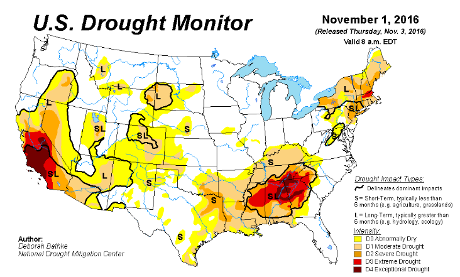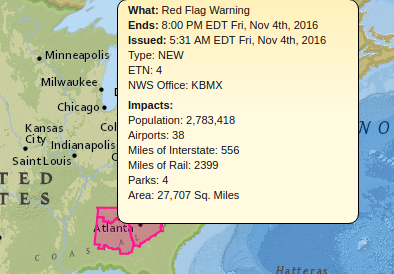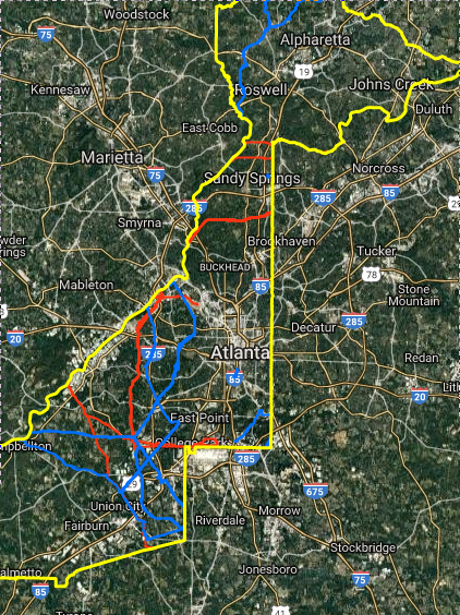Apologies for the long silence! I haven’t been sick so much as disorganized and distracted. Working on both of those and hope to mark May Day 2020 by returning to regular blogging.
One persistent question, charge or comment that I get on Facebook and Twitter to some of my bolder suggestions is: That’s illegal! So far as I know, “legal” depends on who you are, not the act in question.
Take “terrorist” bombing for example. Every US president in my lifetime (let’s just say 60+ years) with one exception, Carter, has engaged in the murder of civilians in foreign countries, by bombing. By extension, so have the troops under their commands engaged in terrorist bombings/attacks.
The same is true for both CIA and other agency operatives who engage in acts most of us would describe as murder, torture, etc. We can conclude from the lack of consequences for their acts, someone thought their actions were legal.
But if I describe how to weaponize data in order to, in theory at least, to interfere with oil or gas pipelines, refineries, airports, some wag will interject: That’s illegal! As though that is meaningful in the face of crimes that will blight the lives of millions, or worse.
True enough, some act might be “illegal” in the eyes of a system rigged to benefit the wealthy and destroy the ecosphere, but isn’t that just a caution to not be apprehended? The “property rights” of oil and gas companies that are destroying this planet have no strings that tug at my heart. Especially when compared to the rights of children to grow up in healthy, sustainable environments.
That’s illegal! most often originates from people who, having secured privileges in the present system, are loathe to see it change. If Martin Luther King were alive today and in jail in Birmingham for protesting environmental crimes, they would be named addressees. (It’s sad that letter is most often reprinted sans the addressees names. We really should know who the moral cowards of previous generations were.)
Do some acts have more consequences than others? Sure, mugging for TV cameras to “draw attention” to an issue has consequences. Using IEDs or the threat of IEDs, punching holes in pipelines not yet in use, making pipelines fail under pressure, all of those increase costs and deter investors. Given the pathological greed of capitalism, do you think drawing attention or increasing construction costs on an exponential scale are more likely to be effective?
I freely concede if you want to preserve your present privileges, by all means, listen to those who want to sustain present exploitation of people and the environment. If you want to take a chance on having a meaningful impact for the better, treat cries of That’s illegal!, as booterism for a foul present.
That said, as always, consider your present status, CIA, FBI, NSA agent, contractor (Whitey Bolger?), US military, etc., and local laws, along with your appetite for risk, when evaluating whether you should or should not use techniques described herein.
PS: I may revisit/update some old classics like Steal This Book by Abbie Hoffman that has this great passage:
A special metallic bonding glue available from Eastman-Kodak will form a permanent bond in only 45 seconds. Gluing up locks of all the office buildings in your town is a great way to dramatize the fact that our brothers and sisters are being jailed all the time.
Of course you know this “special metallic bonding glue from Eastman-Kodak” by the more familiar name: Cyanoacrylate, no, sorry, “Super Glue.”
While honoring the source as Abbie Hoffman, be imaginative! Some random places where Super Glue could be appropriately applied: gas caps, lug nuts (esp. if caltrops are likely), suitcases, home/hotel/motel doors, laptops, traffic arms, anywhere with two surfaces in contact. (Be sure to check your status as a US mercenary before undertaking such uses.)








